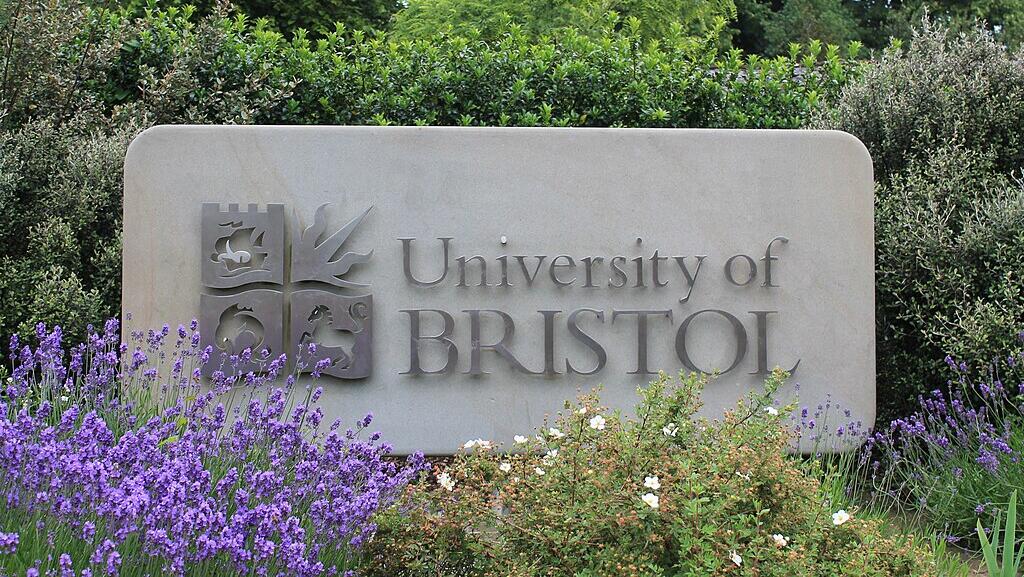The University of Bristol has launched the United Kingdom’s most powerful supercomputer.
The supercomputer is part of the new £225 million Isambard-AI facility developed in partnership with HPE and NVIDIA and will be able to process in one second what it would take the entire global population can achieve in 80 years.
One of the main functions of the supercomputer will allow researchers to make key discoveries, including more accurate cancer diagnoses, robotics discoveries, drug discovery and climate research.
The supercomputer was built and run by the Bristol Centre for Supercomputing (BriCS) and based at NCC on the Bristol and Bath Science Park and was officially launched by Peter Kyle, the Secretary of State for Science, Innovation, and Technology.
The project is part of the government’s £2 billion push to attain AI sovereignty so Britain doesn’t have to rely on foreign processing chips.
It is not only the sixth fastest supercomputer in Europe and 11th fastest in the world but also the fourth greenest in the world according to the Green500 list.
As it was built to be energy efficient, the facility uses exclusively zero carbon emissions.
“With our AI Research Resource now fully up and running, the U.K. is home to the raw computational horsepower that will save lives, create jobs, and help us reach net zero ambitions faster,” University of Bristol Secretary of State for Science, Innovation, and Technology, Peter Kyle said.
The supercomputer isn’t as large as the huge data centres used by companies like Amazon and Microsoft, which require gigawatts of power and instead uses just five megawatts while running multiple experiments at once.
The Bristol team also decided on liquid cooling instead of fans to improve energy efficiency and plans to reuse the hot wastewater from the supercomputer to heat campus buildings and nearby homes.
University of Bristol vice chancellor and president, Professor Evelyn Welch, said this marked a pivotal moment for AI in the U.K. and at the University of Bristol.
“Together with HPE and NVIDIA, we have delivered this remarkable national facility at pace, in just under 24 months,” she said.
“Due to its impressive power, working at speeds 100,000 times faster than an average laptop, we will soon see Isambard AI deliver transformational research and breakthroughs that will ultimately improve people’s lives.”
The Isambard-AI project was completed at a rapid pace, with the BriCS team using its experience to complete in two years what would normally take four or five years.
Its modular construction time, resulting in a shorter on-site construction time, led to a reduction in carbon emissions of around 72% compared to traditional build methods.
The launch comes after the University of Bristol was named ‘AI University of the Year’ in 2024.



